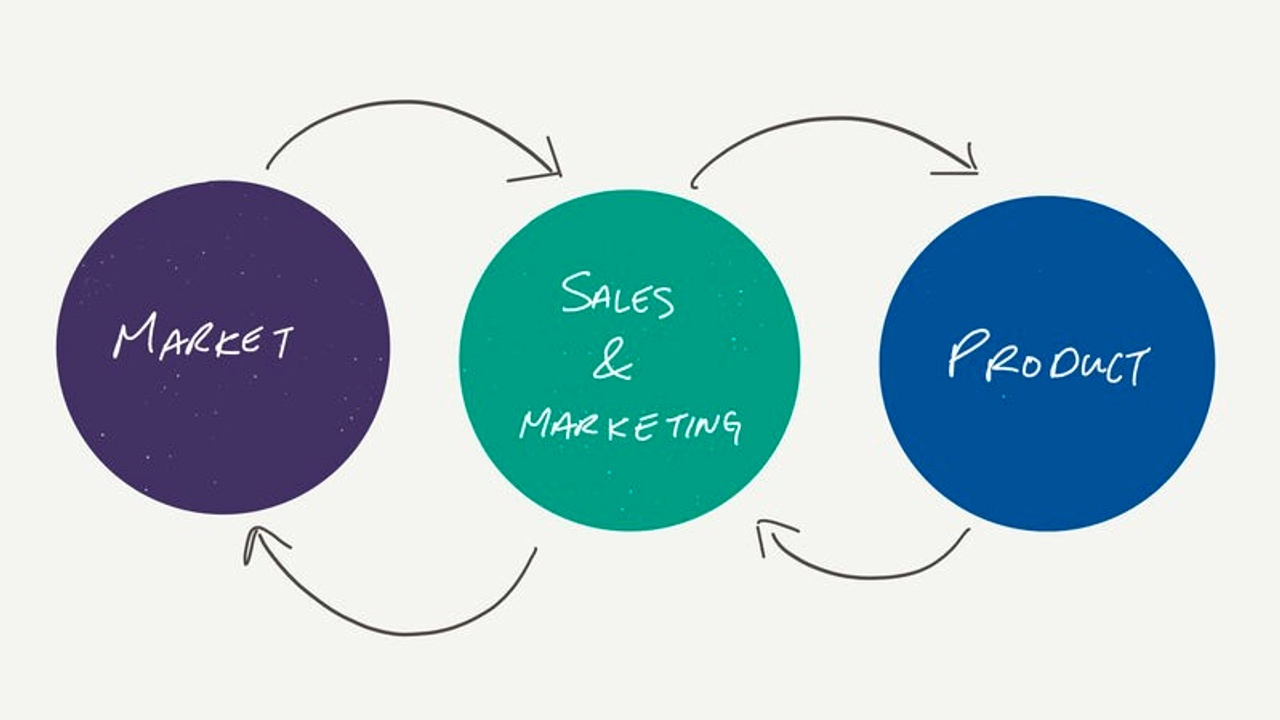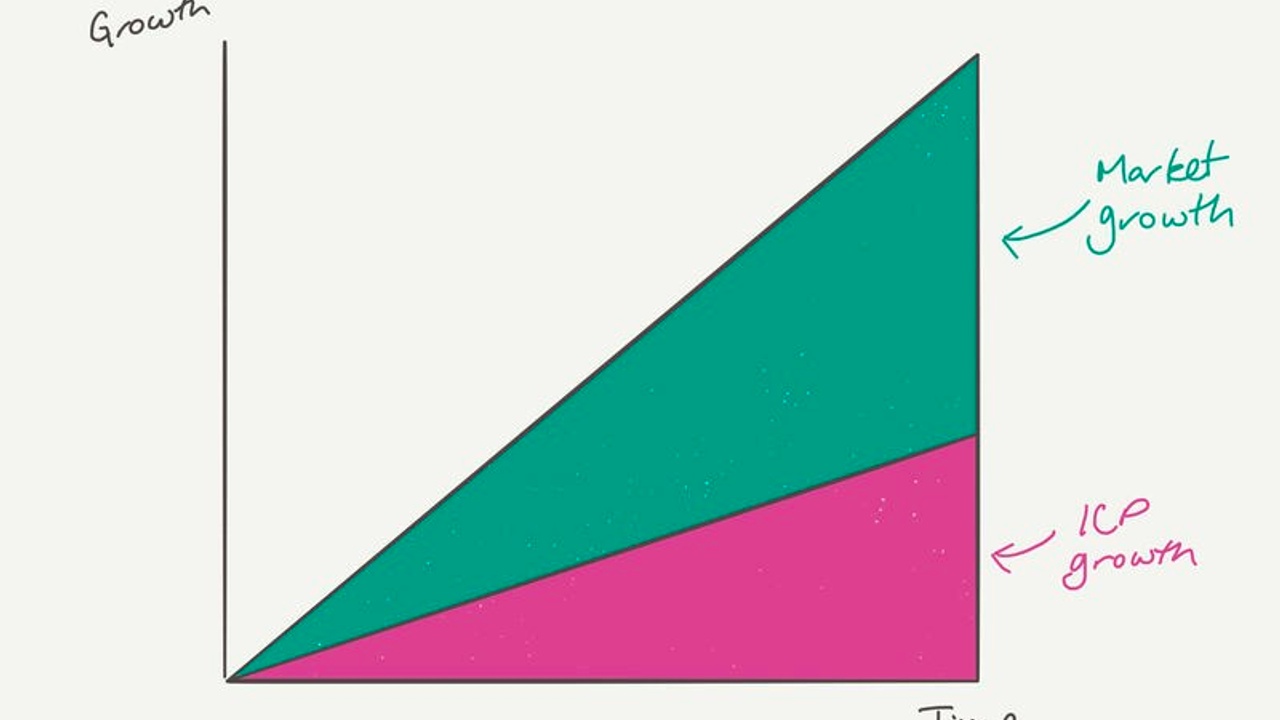Why IT Departments Shouldn't Be Picking Your Marketing Tools

For some reason, IT departments have authority over what marketing tools are chosen inside some companies.
"We think you need to switch from HubSpot to Dynamics because we are getting a bundle on our Teams / Office / Azure package."
Why this makes no sense:
1) Switching Marketing systems because you're getting bundled pricing from a vendor is asking for your Marketing team to fail to meet their pipeline targets.
2) Shows how little authority some Marketing teams have inside their organizations when systems they use every day are being chosen by other departments who have no understanding of the day-to-day reality of the function.
3) Demand generation and growth is the primary objective. Capturing cost efficiencies on bundled pricing is not.
4) Avoid infrastructure / switching system projects at all costs. (If you're on Dynamics, don't switch to HubSpot just because either).
Mistakes of Fired VPs of Marketing
The most common reason VPs of Marketing / CMOs are fired in their first 12-18 months is that they blow their political capital on things like:
-Building a new website
-Changing CRMs
-Adding more tech to their marketing stack
NONE of these things actually do what the marketing leader is hired for: to grow demand.
What should be focused on in the first few quarters on the job:
1) Nailing doing messaging and positioning
2) Creating more high quality content
3) Ramping up distribution across all platforms
The end goal of all of these being: generate more pipeline and close more deals.
For bonus marks: improve data tracking and board reporting (this doesn't matter if there isn't more pipeline to report on).
Why ICP is More Important Than Search Volume

Too many companies start their GTM planning based on Search Volume instead of their Ideal Customer Profile.
If a term has 10 searches a month, search-driven marketers will ignore the content asset required for that item on the roadmap. This is the classic hammer looking for a nail scenario.
In a Google Search driven world, the approach has some validity. But we don't live in a search driven world.
When you start with ICP, you build content based on what will help your ICP resolve their biggest pain points. Only then do you think about distribution.
In a social-driven world where search volume is not the north star, GTM planning then focuses on finding the right channel / platform where the ICP can be found with the right message.
It may turn out that you end up on search through this approach anyways, but you're far more likely to end up with the right outcome at all times.
4 Reasons the Voice of Customer is Essential

One of the biggest ways in which Sales and Marketing can make an impact is by collecting of feedback from the market and by communicating / championing that feedback to product teams.
This is how:
1) Major roadblocks in the sales process are overcome
2) Critical missing features impacting close rates are uncovered
3) Ideal pricing structures are created to be in alignment with customer interests
4) Growth opportunities to scale are found (e.g. additional products and services requested by customers)
Having a formalized feedback mechanism to channel this input to product teams can create significant ROI on Marketing and Sales well beyond standard Go-To-Market activities.
The Importance of Understanding Tasks vs People

Leaders focus on people as their primary means of influencing the business.
As you help develop and support the growth of people on the team, the people help grow the business.
This is why the job of the leader is to:
1) Find, convince and hire talented people to join the team
2) Align the team around an inspiring vision to collaborate on
3) Give the team all the support and resources they need to succeed
4) Help level up team members’ skills, mindset and capabilities
5) Coach team members through challenges and growth plateaus
6) Build the right environment and culture to help team members thrive
7) Remove people who put 1-6 at risk and cannot be coached out of it
Do all of these and the business will grow all by itself.
Are You Treating Positioning as a Feedback Loop?

The best companies treat Positioning as an ongoing, ever-evolving loop influenced by their market and customers, not as a one-time exercise with an end point.
Each time you tell your company's narrative and story, more prospects are found and more deals are closed. Each cohort of customers reveals additional information about:
1) What types of customers are ideal fits
2) Who has the most success with the product
3) What type of messaging resonates with those customers
4) What pain points the product still fails to address
5) What other solutions those customers are looking for
As more information is uncovered, it needs to be fed back into positioning to change the overarching story around a company / brand.
With every cycle, more scale is found because more opportunity is uncovered (e.g. more TAM, higher LTV etc.)
Is Your Business Relying on At-Risk or Healthy Pipeline?

Organizations that over-rely on Sales and Events for pipeline put their sales targets at risk.
This is most often seen inside Sales-led organizations where Marketing has a limited budget.
How can you expect to hit aggressive sales projections when you aren't engaging with your buyers on channels where they are spending most of their time?
Instead, investing into digital and buyer-centric channels increases the odds of hitting pipeline targets.
Growing Marketing Generated Pipeline is the key to hitting aggressive sales projections.
When Marketing stops over-relying on events and begins building new channels to acquire customers, it forces the organization to be less Sales-led.
This takes time which is why Marketing leaders need to lobby CEOs and Boards with the right budget asks to invest in the right channels to become more Marketing-led.
The Link Between Market Growth and ICP Growth

Focusing on a broader set of customers inevitably leads to growth of customers that fit your ICP.
Segmentation theory argues that segment your best fit prospects / customers and customize your messaging to those people.
While there is truth to this, especially in enterprise B2B environments where ABM is a lever, broader awareness marketing still has massive benefits:
- You inevitably reach your ICP as you increase your awareness in a broader category (e.g. Trello captures all types of organizations and functions by going after the broader project management space)
- You enable customers to identify additional expansion ICPs for the business (e.g. verticals and markets who your perfect segmentation strategy ignored)
- You grow the brand as more people know of you and refer you as a solution (the downside is your CAC increases as you go after a broader market so this needs to be managed)
Even in environments where TAM is super small, there needs to be an element of marketing that ...
Most Expensive vs Least Expensive Customers

The most expensive kind of customer is a New customer.
This is why it's shocking how so many marketers focus entirely on acquiring new customers as their primary means of impacting growth.
New Customers require a lot more investment to attract, nurture and convert towards any offering.
Meanwhile, existing customers present a lot of growth opportunities that companies leave on the table. These include:
1) Increasing retention rates and LTV -- this has the double benefit of giving you the ability to spend more to acquire new customers.
2) Expanding existing customer accounts -- including working with product and customer success teams to increase usage in terms of functionality and number of users.
3) Upselling and Cross-selling -- having existing customers buy additional solutions that connect to the core offering.
Marketing thinking about these growth levers increases the odds of the business growing faster and hitting its targets.
Think beyond new customer acquisition and you'll instantly bec...
3 Marketing Onboarding Tips + Checklist

After weeks (or even months) of searching, you’ve found the ideal candidate to fill a role on your marketing team. You’ve both signed the contract, and they’re starting next week. At this point, a lot of CEOs and marketing leaders breathe a sigh of relief. The position is filled; their job is done.
Only, your job isn’t done once the new hire starts.
Even with the most thorough hiring process and the most suitable candidate, a lot can go wrong in the onboarding period. If you don’t start off a new marketing employee’s tenure with your company the right way, you’ll likely see:
- Unengaged and unmotivated employees
- Fragmented team
- Missed targets
- Rapid employee turnover
- Low ROI on your hiring investment
- Limited or even negative Marketing-led growth
Investing time and resources into effective onboarding is in the interest of the business, the marketing team, and the individual employee.
Of course, every company, team, and individual will need slightly different onboarding to sui...




